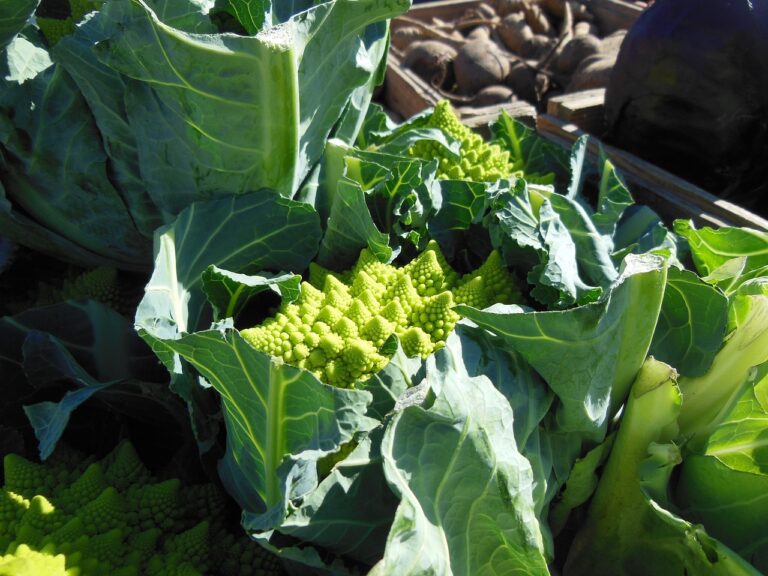The Future of Sustainable Packaging: Biodegradable Solutions for a Greener Tomorrow
Biodegradable packaging offers a sustainable solution to the pressing environmental issues caused by traditional packaging materials. By using biodegradable materials, companies can reduce their carbon footprint and minimize the amount of waste that ends up in landfills or oceans. This eco-friendly packaging also helps in conserving natural resources, as it often requires less energy and resources to produce compared to conventional packaging options.
Another benefit of biodegradable packaging is its ability to break down naturally over time, without leaving harmful residues in the environment. This means that biodegradable packaging is a safer option for wildlife and ecosystems, as it poses less risk of pollution and harm. Additionally, consumers are increasingly demanding more sustainable products, making biodegradable packaging a competitive advantage for businesses looking to appeal to environmentally-conscious customers.
Types of Biodegradable Materials Used in Packaging
Biodegradable packaging materials are becoming increasingly popular as companies strive to reduce their environmental impact. One common type of biodegradable material used in packaging is polylactic acid (PLA), which is made from renewable resources such as corn starch or sugarcane. PLA is compostable and breaks down into natural compounds, making it an environmentally friendly alternative to traditional plastics.
Another popular biodegradable material used in packaging is bagasse, which is a byproduct of sugarcane processing. Bagasse is compostable and can be used to make items like food containers, plates, and cups. By utilizing bagasse-based packaging, companies can reduce their reliance on non-biodegradable materials and minimize waste going to landfills.
Challenges in Implementing Biodegradable Packaging Solutions
Biodegradable packaging solutions have gained traction in recent years due to their eco-friendly nature. However, there are several challenges that companies face when implementing these alternatives. One major obstacle is the cost associated with biodegradable materials, which is often higher than conventional packaging options. This can lead to increased production expenses, making it difficult for businesses to justify the switch solely based on financial considerations.
Another challenge lies in the performance of biodegradable packaging materials. While advancements have been made to improve their durability and functionality, some types of biodegradable packaging may not offer the same level of protection as traditional options. This can raise concerns about the safety and integrity of products during transportation and storage. Additionally, the limited availability of biodegradable materials in certain regions can pose logistical challenges for companies operating on a global scale, further complicating the adoption of sustainable packaging solutions.
– Higher cost of biodegradable materials compared to conventional options
– Performance issues with durability and functionality of some biodegradable packaging
– Concerns about product safety and integrity during transportation and storage
– Limited availability of biodegradable materials in certain regions causing logistical challenges for global companies
What are the benefits of biodegradable packaging?
Biodegradable packaging helps reduce environmental impact by breaking down naturally, reducing waste in landfills and oceans. It also helps conserve resources and reduce carbon footprint.
What types of biodegradable materials are used in packaging?
Some common biodegradable materials used in packaging include plant-based plastics, paper, cardboard, and biodegradable polymers derived from natural sources like corn or sugarcane.
What are some challenges in implementing biodegradable packaging solutions?
Challenges in implementing biodegradable packaging solutions include cost, limited availability of biodegradable materials, lack of infrastructure for composting, and consumer education on proper disposal methods.







